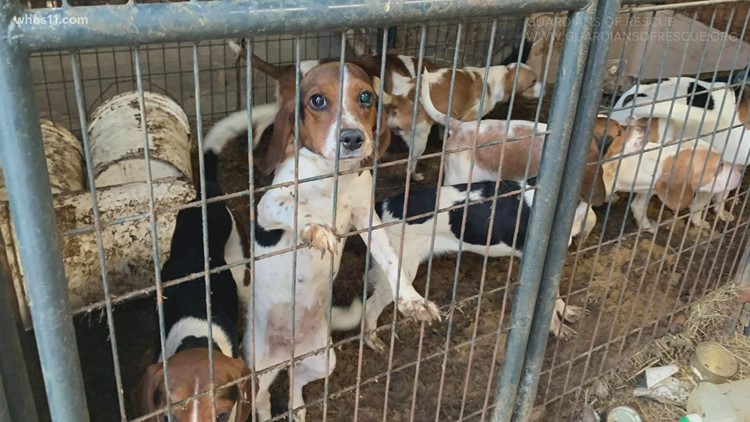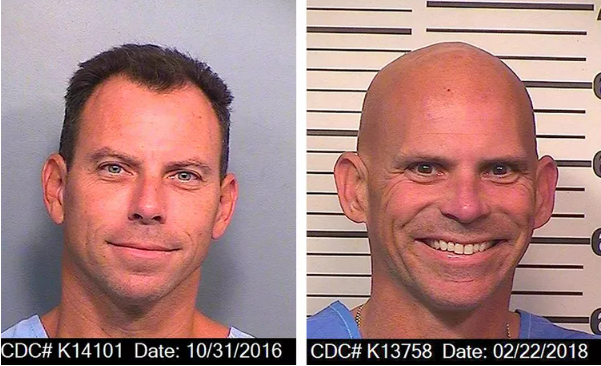Animal abuse a problem that’s not going away
So-called “puppy mills” such as this one in Kentucky often have dogs living in cramped and dangerous conditions.
Over six million animals enter shelters and rescues each year. Of these animals, thousands, if not millions, were saved from abusive owners or circumstances and transported to the rescues in hopes of being adopted into a healthy family. Animals suffer greatly from abuse, but there are ways to help animals recover from abusive situations.
Animal abuse, otherwise known as animal cruelty, is defined as a range of behaviors that harms any animal. Abuse comes in many forms including emotional abuse, physical abuse, and neglectful abuse. There are different levels of neglect and abuse in the animal community.
According to the Animal Legal Defense Fund, “there is a direct link between acts of cruelty to animals and violence toward humans.” They also cite a study by the Massachusetts Society for the Prevention of Cruelty to Animals in conjunction with Northeastern University which determined that animal abusers are approximately five times more likely to also harm other humans than non-animal abusers.
Dogs make up 65 percent of the animals who are abused annually. They face unspeakable acts of cruelty, including being tied up, beaten, starved, and tortured. Puppy mills are an extreme example of dog abuse. There are approximately 10,000 puppy mills hidden across the U.S. Dogs, young and old, are placed in small, cramped, disease-riddled enclosures. They are often surrounded by dead dogs that did not survive the appalling conditions. Animal rescues will step in to save the lucky ones, but many do not make it.
All abuse leaves lasting scars, whether they are visible or not. Chemical burns and other acts of aggression leave scars and injuries that often are permanent. Depending on the animal, they deal with the trauma they experience in different ways.
Some become extremely aggressive out of fear, while others become extremely anxious. Fear-biting can create the label of “difficult to handle,” even for trained professionals. Neglected animals may also demonstrate extreme resource guarding in an attempt to prevent someone from taking their possessions. Dogs, in particular, resource-guard their food, toys, or other objects.
It is hard for previously-abused animals to be adopted by loving families. Adopting and caring for a dog that is too scared to come near its owner or that freezes when a harness or leash is put on them is challenging. It is important to help dogs build trust with humans after they have been abused to ensure a healthy integration into a new family once they are adopted.
It takes a lot of time and patience to get through to an abused dog and help the animal recover and thrive. The trust that was destroyed by the animal abusers has to be rebuilt. Rescues and new owners must generate positive experiences and create a safe environment for the animals. Once trust is established between the dogs and humans, these dogs can turn into amazing pets.
“A lot of people think that abused animals will turn out mean and aggressive,” comments Olympic Heights junior Mia O’Reilly, who volunteers at Big Dog Ranch Rescue. “But I’ve found that a lot of the dogs I’ve worked with who have gone through some sort of abuse are actually the sweetest. They seem to create much stronger emotional connections than other dogs and just want to be loved. “
Animal abuse is extremely prominent in society. These situations occur every day, but they are often swept under the rug. If people do not work together to reduce this problem, animal shelters may soon find themselves overrun with abused and neglected animals, and those are only the ones who are saved from abuse.











